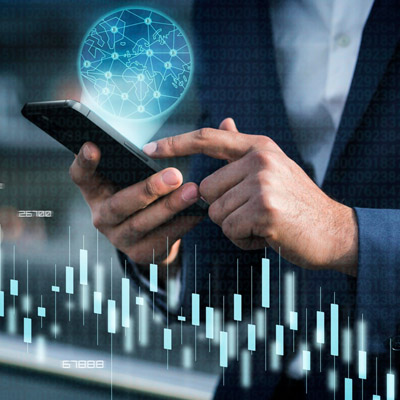
World Anti-Counterfeit Day – What can Businesses Do Against the Counterfeit Market?
Founded in 1998 by Global Anti-Counterfeiting Group (GACG), World Anti-Counterfeit Day was created to raise awareness of the damages caused by counterfeiting and piracy.
A report compiled by International Hologram Manufacturers Association (IHMA) reported that the global economic value of counterfeiting and piracy could reach US$2.3 trillion by 2022. This is a major and growing global issue that generating great economic loss, damaging brand reputation and possibly, causing health hazard to consumers.
Counterfeit products, especially drugs, food, beverages and beauty products can bring direct damage to consumers’ health. Death and sickness were reported caused from key foods such as baby milk powder in Asia. Regardless of the years it takes for businesses to build up their brand reputation, a health hazard case can bring the reputation down to the drain. Yet, many of such cases have nothing to do with the businesses but fake products of the brand.
Protecting the businesses and consumers against counterfeit, companies introduce ways and educate consumers how to differentiate authentic from fake. Adding an authentication label on their products is one of the common approaches. However, counterfeiters quickly follow-up on the labels.
Identifying the pain point of businesses, Lead code developed SOI code, a clone-proof code that uses a unique digital watermark with product information to create a product identification DNA that are unique individually. It is an encrypted code that eliminates any possibility of counterfeit. Moreover, it warns businesses when any suspected or duplicated SOI code is scanned. With technology readily available, businesses can now better identify the source of counterfeit, and protect consumers by keeping them safe and away from any hazard. This will result in the ability of businesses to strengthen consumers’ confidence level with their brands and build up reputation.
For more information on SOI code:
